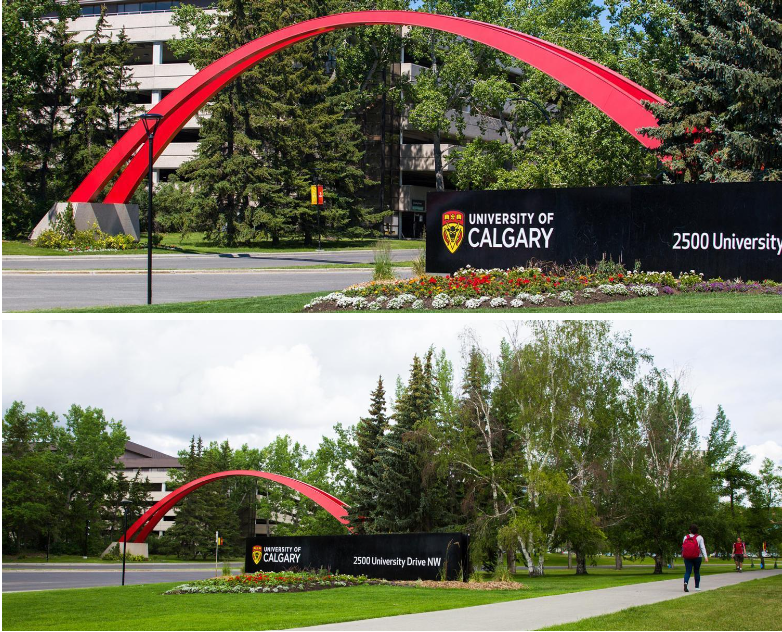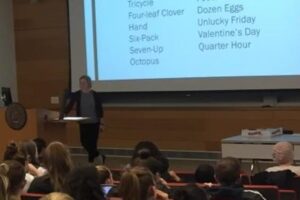
The Morphology of the SoTL Article
By Faye Halpern
The immediate occasion for “The Morphology of the SoTL Article” was my curiosity about why, when I listen to many people in a row give talks about teaching and learning, I often feel dispirited. It was perplexing because most individual talks inspired me. I might be able to adapt the tools that the speaker had developed and improve my students’ learning! I realized that they could be dispiriting because of how, taken in toto, they framed the instructor as on a perpetual path of self-improvement. This portrait didn’t match my own experiences as a teacher: although I’ve figured some things out, I’ve found there to be some pedagogical problems that aren’t amenable to improvement, at least for now, and perhaps not ever. The best I can do is to try to understand or accept these problems. These talks made me feel as if it was a personal failing that I had encountered these kinds of problems. But as I reflected more, I realized that these problems might persist not because of any personal failings (in this case at least); instead, they are aspects of teaching and learning that SoTL, as a field, has come to ignore.
There was also a deeper occasion for the article: my interest in how fields of inquiry make themselves into professional disciplines. In the process, they shape the way that people within the discipline structure their inquiries. Eventually, it comes to seem that those structures are simply the way things are rather than the result of a process that could have gone differently. It struck me that SoTL had in its professional evolution made it seem natural to focus on linear progress rather than to explore pedagogical problems without reaching for a solution. When I looked back at SoTL’s beginnings, I found that one of the foundational articles, Randy Bass’ “What’s the Problem?,” demonstrates a path not taken. In this article, I explore the ramifications of that missed path, especially for humanities scholars. I hope my article encourages the field to value inquiries that break out of what has come to be the discipline’s favored structure.
Read the full TLI article here.




